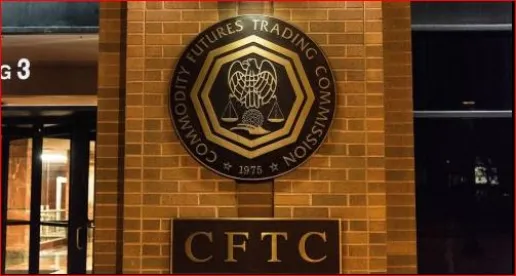On March 29, the Division of Clearing and Risk (DCR) of the Commodity Futures Trading Commission issued guidance regarding the implementation of revised Regulation 39.13(g)(8)(ii). Regulation 39.13(g)(8)(ii) provides that a derivatives clearing organization (DCO) must require its clearing members to collect from their customers initial margin at a level that is at least equal to the DCO’s own initial margin requirements with respect to each product and portfolio and commensurate with the risk presented by each customer account. The regulation further requires that a DCO must set both (1) a baseline level of initial margin (“clearing initial margin”), which serves as the minimum amount its clearing members must in turn collect from their customers; and (2) an increased level of initial margin (“customer initial margin”) for categories of customers determined by a clearing member to have a “heightened risk profile.”
When it was originally adopted in 2011, Regulation 39.13(g)(8)(ii) required clearing members to collect customer initial margin for “non-hedge,” i.e., speculative positions. In 2012, DCR issued guidance clarifying that while DCOs generally set customer risk profiles as “hedge” or “non-hedge,” a DCO could choose to use a different set of risk-based criteria. In 2020, the CFTC replaced the term “non-hedge” with “heightened risk profile,” raising concerns among market participants that FCMs could apply the term narrowly to offer lower margin requirements to customers, ultimately resulting in a market-wide reduction in customer margin.
In Letter No. 21-08, DCR clarified that, although the terminology may change, it did not expect to see significant changes in margining practices as a result of the 2020 amendment to the rule. DCR explained that, in order to comply with a DCO’s rules, a clearing member must analyze the risk profile of each customer to determine if the customer presents a heightened risk profile (HRP). DCR added that an FCM can only categorize an account as “non-HRP” that was previously categorized as a “non-hedge” account if it can demonstrate that it is warranted based on the risk profile of the customer. DCR also emphasized that an FCM could assess whether a customer account a customer account presents a “heightened risk profile” based on whether the account is a hedging or speculative account, provided that the FCM maintains policies and procedures that demonstrate that is the risk analysis the FCM uses to determine whether to collect additional initial margin from a customer.





 />i
/>i
